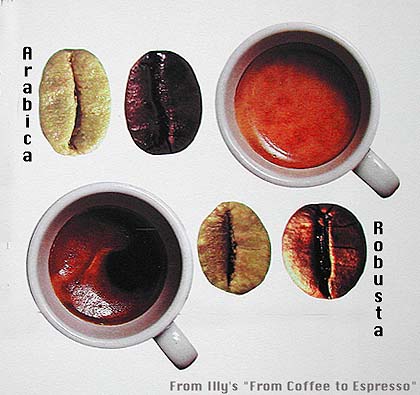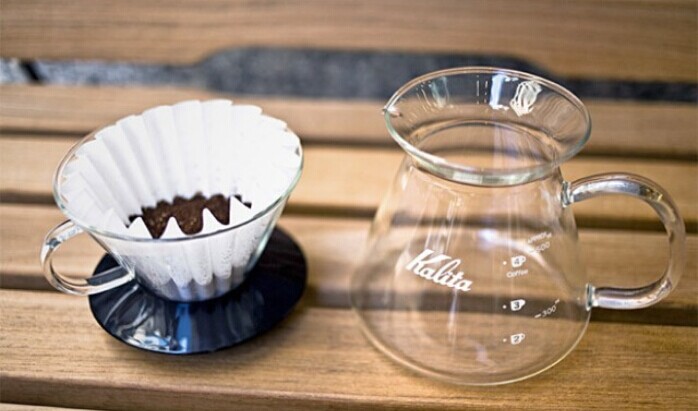Use a siphon pot to make delicious coffee Japanese coffee siphon single Japanese coffee utensils
(1) Caramelization: the sugar in coffee beans is caramelized at about 170-200 ℃, which is exactly the melting point of sucrose (185 ℃) and the temperature of the explosion stage when coffee beans are roasted. The product of caramelization is divided into two parts:
1. The dehydration product of sugar is caramel or sauce.
two。 The pyrolysis products are mainly volatile aldehydes and ketones.
Generally speaking, fire-roasted aroma, caramel and color are produced in the caramelization reaction, as well as other aromatic substances such as maltol, Cyclotene, furan and so on. These compounds can also be found in red wine, fruit juices, cream and other foods. However, if caramel is too much in the baking process is not a good thing, but will cause carbonization, making the coffee dry and choking. If the caramel is not enough, it will make the aroma monotonous and lack of layers.
(2) the Mena reaction can be divided into three stages.
I. initial: carbonylamine condensation Amadori molecular rearrangement
Second, in the medium term:
Amadori molecular rearrangement product fructosamine is dehydrated to HMF (hydroxymethylfurfural)
Deamination of fructosamine to reducing ketone
Interaction of amino acids with dicarbonyl compounds
Third, at the end of the year:
Aldol condensation
Polymerization of melanin
In addition to carbohydrates, proteins account for about 11% of the weight of raw beans, and the amino acids contained in these proteins happen to be the raw materials needed for the Mena reaction. Mena reaction refers to amino acids and reducing sugars (glucose, fructose, lactose, etc.) in food. ) A series of reactions in the heating process. Mena reaction produces a variety of aromatic substances and pigments such as Pyridines, Pyrazines, Oxazoles, Thiazoles, Pyrroles. The Mena reaction plays an important role in the flavor of food cooking, whether it is the blackening and fragrance of the sausage when baking sausages, the soft roast chicken on the outside, and the delicious baked bread. Mena reaction is behind these barbecue foods.
Coffee is blessed with a large and complex variety of chemicals, including other organic acids, inorganic acids, plant alkaloids and so on. Not only sweet and beautiful ingredients, some slightly bitter compounds make coffee flavor have a wider level and change, together to create a unique rich taste of coffee.
After reading these, we should be able to basically understand the source of the special flavor of coffee, and remind us that we should adjust our understanding of the flavor characteristics of coffee. We often see some coffee sellers describe that a certain type of coffee has caramel flavor, chocolate or cocoa flavor, or cream flavor. In fact, since each type of coffee bean has to undergo caramelization reaction and Mena reaction. Then every kind of coffee bean will have these flavors, but when the various flavors are mixed together, whether these flavors or certain flavors stand out, so that they have some kind of prominent and more easily distinguishable flavor, thus becoming the style characteristic of some kind of coffee.
Therefore, roasting coffee beans is actually very simple, but it is by no means easy to reflect a certain flavor of coffee so that the tasters can really feel it.
In addition, in the baking of boutique coffee, we found that it is also very important to retain and highlight the natural flavor of coffee, which varies according to the origin and variety of coffee, such as Yega Xuefei's citrus aroma and Sidamo's blueberry flavor. the taste of these areas is also indispensable to good coffee! These flavors are different from the flavors of caramel, cream and cocoa. They are not found in every type of coffee bean and need to be treated differently by roasters.
We will continue to share the roasted coffee beans with you, but the real way of roasting is not simply copying, we will be different from many businesses, we will have our own deeper understanding and reflection, and we will never follow others and simply generalize. Only by practicing and understanding the true meaning of coffee roasting, can we present a perfect coffee for coffee lovers.

Important Notice :
前街咖啡 FrontStreet Coffee has moved to new addredd:
FrontStreet Coffee Address: 315,Donghua East Road,GuangZhou
Tel:020 38364473
- Prev

Correctly tasting coffee coffee cafe drinking coffee "cup test" Cupping boutique coffee
The first thing to make clear is that we are more or less able to distinguish the subtleties of coffee: for example, this cup of coffee in hand, um, very fragrant, not overly irritating acid, a bit similar to grapefruit, the taste of grapefruit, and so on. In most cases, we don't need to be trained, and we all know whether we like it or whether it has a particularly unpleasant smell. Drink
- Next

How to beat coffee machine how to milk Italian coffee machine latte coffee beans coffee machine recommended
The basic decomposed process skills exercises are summarized as follows: 1, the operation flow of the bean grinder; 2, the filling and pressing process of loading powder; 3, the operation flow of the coffee machine; 4, the operation flow of the steam rod; 5, the habit of clean reset; in the actual operation of the coffee flower, the production of foam for flower is particularly critical, this skill training is also the most patient link. We sorted out the coffee machine.
Related
- Beginners will see the "Coffee pull flower" guide!
- What is the difference between ice blog purified milk and ordinary milk coffee?
- Why is the Philippines the largest producer of crops in Liberia?
- For coffee extraction, should the fine powder be retained?
- How does extracted espresso fill pressed powder? How much strength does it take to press the powder?
- How to make jasmine cold extract coffee? Is the jasmine + latte good?
- Will this little toy really make the coffee taste better? How does Lily Drip affect coffee extraction?
- Will the action of slapping the filter cup also affect coffee extraction?
- What's the difference between powder-to-water ratio and powder-to-liquid ratio?
- What is the Ethiopian local species? What does it have to do with Heirloom native species?

